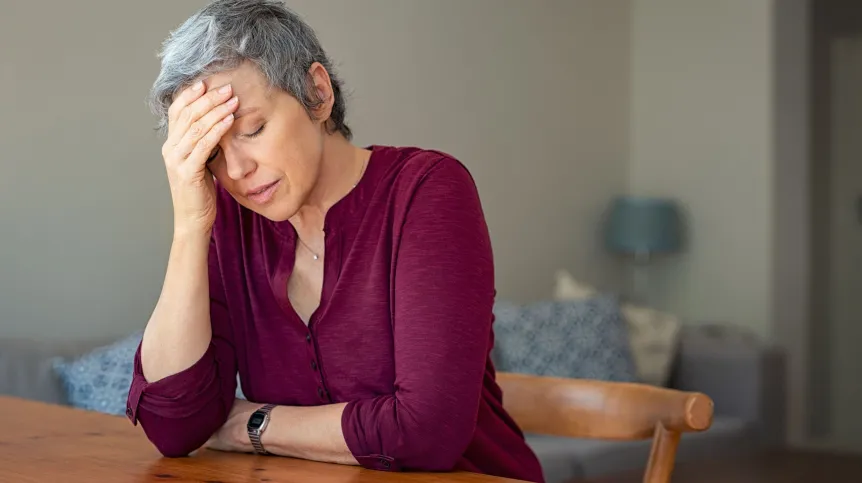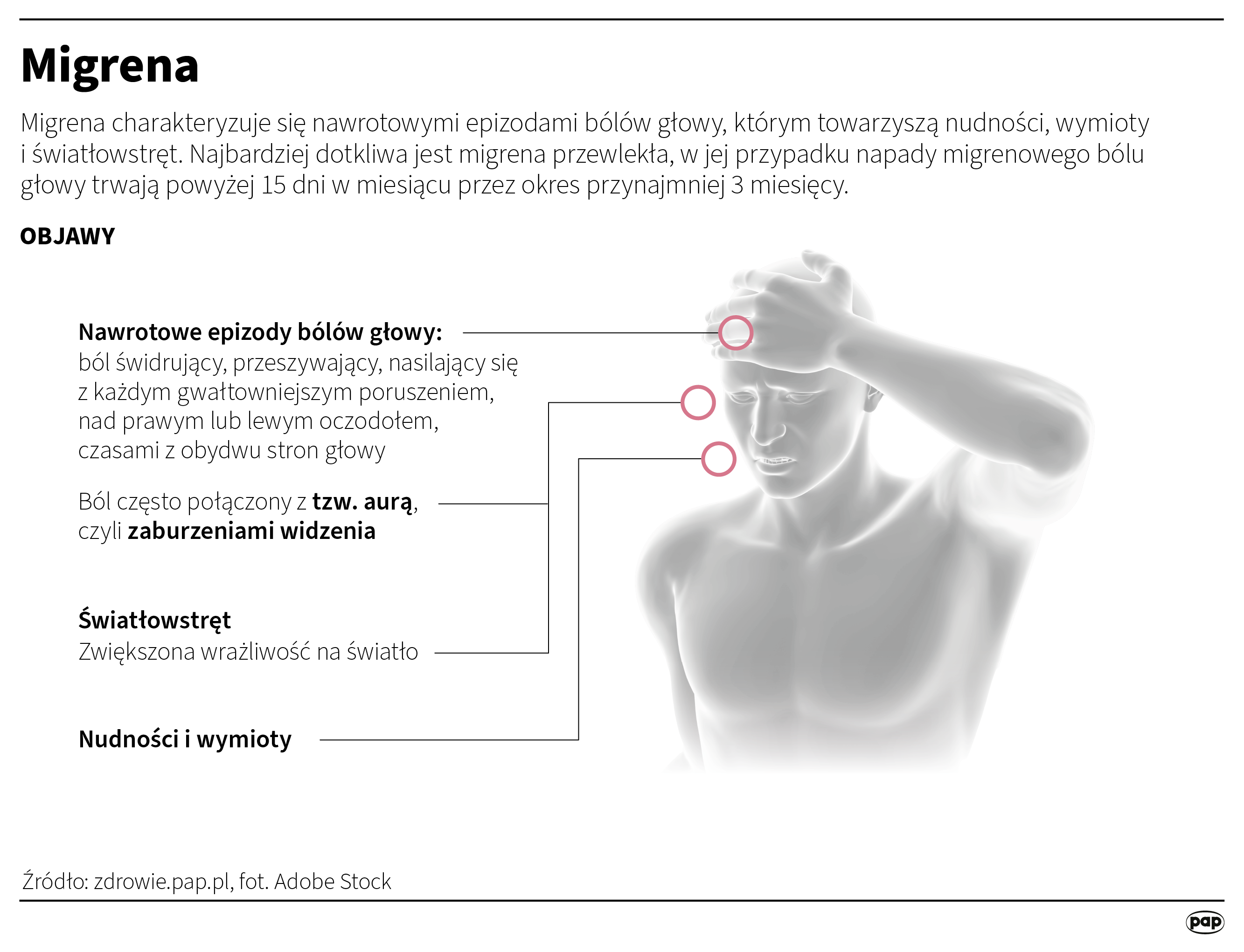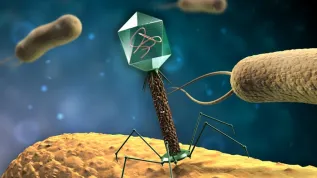
Contrary to long-standing belief, migraines do not necessarily subside after menopause. In many cases, symptoms may intensify and become harder to treat, according to a new research review by Polish neurologist Dr. Marta Waliszewska-Prosół from the Medical University of Wrocław.
“Many years ago, it was assumed that migraines were ‘just your nature’ and might go away after giving birth or menopause. This is a myth that still affects many women,” Waliszewska-Prosół told the Polish Press Agency (PAP).
“Such claims mean women are not taken seriously; they are being sent from specialist to specialist, brushed off with painkillers, and labelled hysterical. Such patients come to me and say, ‘It was supposed to be better, but it gets worse’,” she added.
The review analyzed data from numerous epidemiological, observational, and experimental studies. The findings showthat perimenopausal migraine is a serious and largely underestimated medical issue, and that women in this age group are significantly underrepresented in migraine research. “This topic is completely underdeveloped scientifically, and women in this group are among the most neglected populations of migraine patients,” said Waliszewska-Prosół.

“There are no clear diagnostic or therapeutic recommendations for perimenopausal migraine sufferers, and many questions, such as those regarding the use of hormone replacement therapy or contraception, remain unanswered.”
She adds that the lack of comprehensive studies means existing data is largely fragmentary. “We still have only fragmentary data, from studies on very small groups of patients. There are also animal studies, but this is not enough.”
Migraine affects more than a billion people worldwide, with women suffering three times more often than men — a disparity linked to hormonal differences. Estrogen plays a major role in the development and course of migraine, especially during perimenopause, when hormonal fluctuations become unpredictable.
“At this time, many women experience an exacerbation of symptoms. Attacks become more frequent, longer, and more resistant to treatment. They are often accompanied by other symptoms, such as insomnia, hot flashes, or anxiety,” she said.
Waliszewska-Prosół notes that the lack of diagnostic clarity can result in misdiagnoses and inadequate treatment. The role of hormone replacement therapy (HRT) in migraine management remains controversial due to contradictory findings and concerns over cardiovascular risks — particularly for women with migraine with aura.
“For example, in women with migraines without aura, HRT may improve symptoms, but in those with migraines with aura, it may increase the risk of cardiovascular complications. Therefore, each case must be approached individually and separate treatment guidelines developed for each group,” she explained.
Another major issue is limited access to modern migraine therapies, such as monoclonal antibodies targeting CGRP (calcitonin gene-related peptide), a protein involved in migraine pathophysiology. While these therapies have shown effectiveness, their high cost and lack of reimbursement restrict patient access.
There is a small subset of patients whose migraines improve or disappear after menopause — particularly those who experienced migraines exclusively during menstruation. “When periods stop, the trigger that triggers attacks naturally disappears,” Waliszewska-Prosół said. “In other cases, the situation is the opposite: symptoms get worse, become chronic, and medications stop working.”
She also points to the social and biological stressors that complicate migraine diagnosis and management in midlife. “Stress related to things like job loss, new social roles, and emerging comorbidities — such as hypertension or cancer — can influence the course of the disease. Very often, they mask the problem of migraine, which naturally worsens under the influence of these factors.”
“Patients cycle between specialists — from cardiologist to gynaecologist and back — and no one makes the right therapeutic decisions. In many cases, triptans are no longer available to them because contraindications include hypertension and being over 65 years of age,” she added.
Waliszewska-Prosół said she believes in a holistic approach that includes self-monitoring, psychological support, awareness from primary care physicians, and individualized treatment strategies. But she warned that migraine remains a stigmatized and underestimated neurological disease, despite its serious medical and societal consequences.
“It can also alter brain function. The longer it is left untreated, the less controllable it becomes and the more difficult it becomes to treat,” she said.
In Poland, the situation is particularly severe. A study conducted by Waliszewska-Prosół on 3,500 Polish patients showed one of the highest migraine burdens in Europe.
“We have waited the longest for reimbursement of medications. Patients' quality of life is very poor. High levels of presenteeism — going to work despite being ill — generate enormous costs,” she said.
“It is high time to bring migraine out of the underground,” Waliszewska-Prosół concluded. “Although it is not a rare disease, it still remains invisible too often. And that is precisely why it requires greater attention, better funding, and — above all — understanding.”
Katarzyna Czechowicz (PAP)
akp/ agt/ amac/













